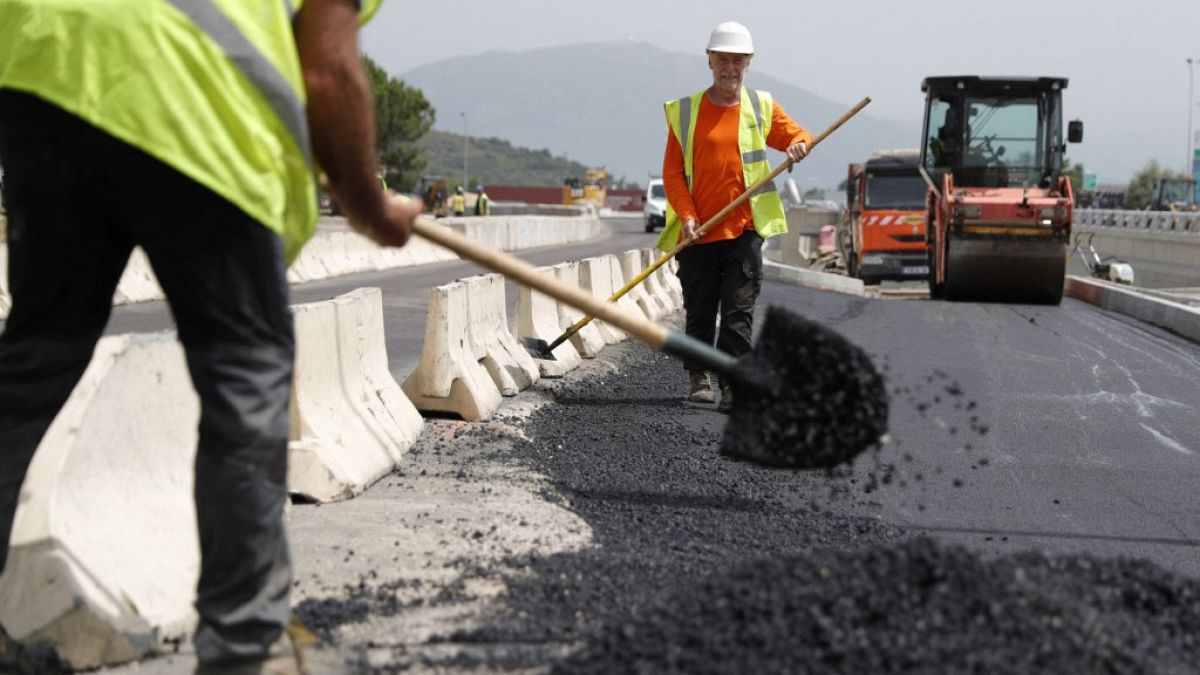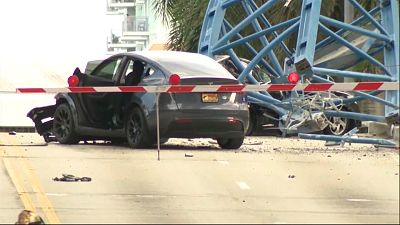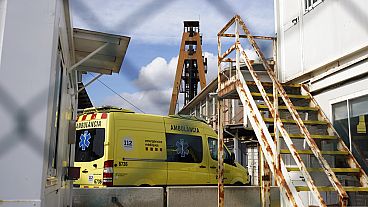Some 3,347 workplace fatalities were recorded across the EU in 2021, according to data from Eurostat, with Latvia and Lithuania logging the highest fatal accident rates.
Meanwhile, there were 2.88 million non-fatal workplace accidents across the EU in 2021, according to the EU statistical office’s latest data. Although not deadly, these accidents were serious enough to lead to at least four days off work.
The EU defines workplace accidents as “a discrete occurrence during the course of work which leads to physical or mental harm.” This includes road traffic accidents during a worker’s shift, but not on the way to or from work - although some countries, such as France, consider a car accident on the way to work as a workplace accident.
A fatal workplace accident is considered as such when the death occurs less than one year following the victim’s accident at their place of work.
“Unfortunately, it can indeed be stated that workplace accidents are relatively common in Europe,” European Trade Union Confederation (ETUC) senior advisor Ignacio Doreste told Euronews Business.
Men more likely to have an accident at work than women
Meanwhile, data showed that men are more at risk with 68.3% of them accounting for victims of non-fatal workplace accidents.
One explanation is that men occupy full-time positions more often than women, leading them to spend more time at work and proportionately increasing the likelihood of accidents happening.
Male-dominated fields are also the stage of a large proportion of workplace accidents, with construction being the sector where fatal accidents happen the most.
Construction, together with transportation and storage, manufacturing, and agriculture, forestry and fishing sectors also make up two thirds of the non-fatal workplace accidents.
What are the main causes behind workplace accidents?
EU data indicates that all accidents are primarily the result of a loss of control of work equipment (transport, tools or machines). Falling, stumbling or slipping come second.
“Human errors are frequently perceived as unavoidable factors leading to accidents, despite the fact that the true underlying causes behind human actions often have organisational origins,” Ignacio Doreste said.
The Europe-wide union ETUC underlined that a mix of good legislation, risk reduction and prevention steps are needed to avoid accidents in the workplace. They say it is the employer’s role to ensure a safe work environment - including their employees’ mental health.
“Fatal workplace accidents are projected to persist until 2062 based on the current rate, which is seven years longer than previously expected,” ETUC told Euronews Business.
“We urge European governing bodies to enact legislation that safeguards workers from climate change-related risks,” they added, reminding of the risks associated with recent extreme weathers.
At least six workers died in France in September while harvesting grapes in the Rhône and Champagne regions. All of them suffered cardiac arrests after hours of working in fields under a 35 degrees heat.



